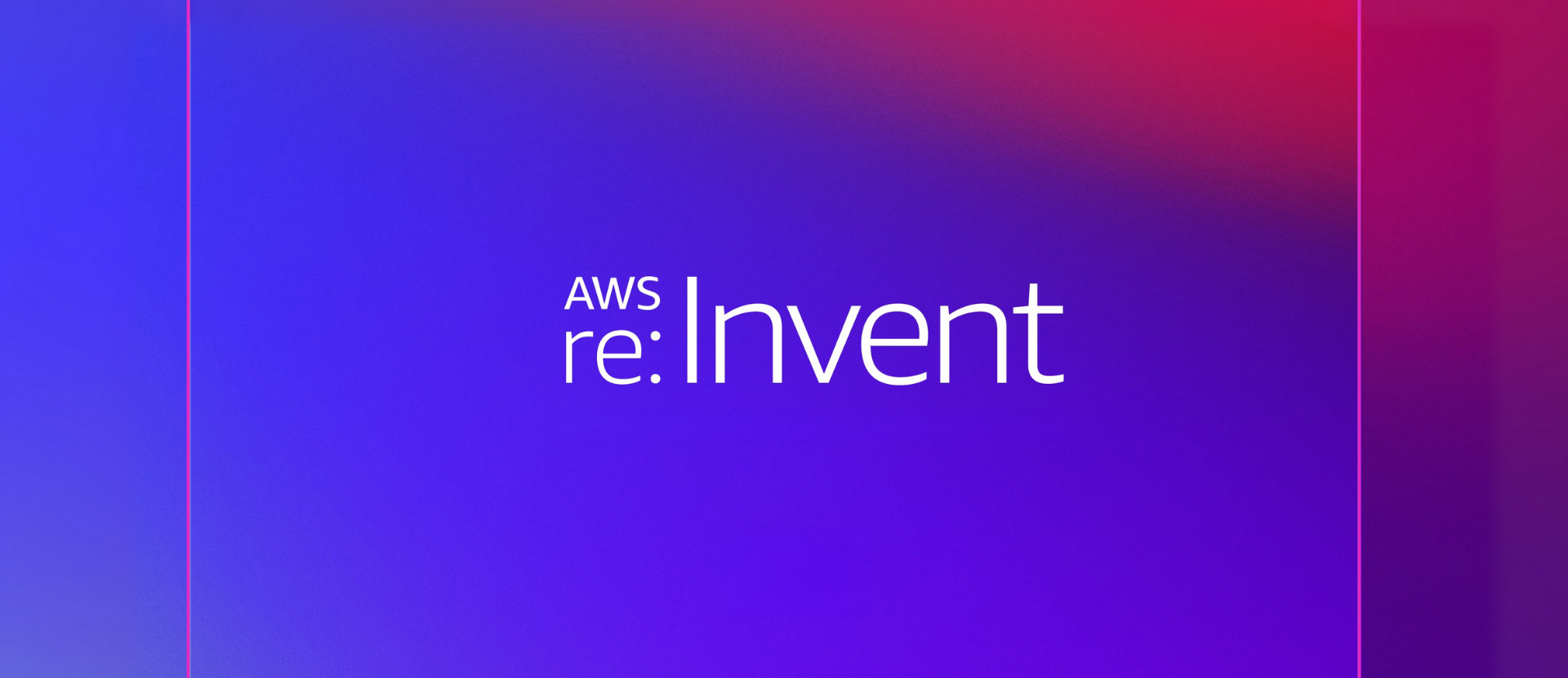Across branding, UX/UI, web design, and development, AI now accelerates exploration and routine production. Teams report faster ideation, content scaling, and some developer time savings. At the same time, leading UX research groups caution that current tools still fall short and require significant human curation. In parallel, regulators and courts have clarified that high-impact systems require human oversight and that copyright remains grounded in human authorship. Together, the signal is clear. AI belongs in the loop, while final judgement, taste, and accountability remain human.
What AI Already Does Well
Branding and Visual Identity
Generative tools are useful in early creative passes. Mood boards materialize quickly, style territories can be explored in parallel, and visual assets for campaigns can be produced in volume. Adobe’s industry reporting shows senior leaders pointing to meaningful improvements in efficiency, ideation speed, and content production when generative tools are integrated into day-to-day workflows. The upside lies in exploration and scale, not in outsourced brand stewardship.
UX and Product Research
In research, AI can condense transcripts, cluster themes across user studies, and propose hypotheses worth testing. In ideation, recent work with practising designers highlights four ways AI supports divergent thinking. It can aid research, kick-start creativity, generate alternatives, and facilitate early prototype exploration. These are complements to, not replacements for, the human process of convergence and decision.
Interface Layouts and Prototypes
Prompt-driven wireframes, screen variants, and content blocks can reduce the time from prompt to first draft. This is most effective when the team retains control over the libraries and patterns that the system draws from, ensuring results land within the design system rather than freewheeling through random aesthetics. As a trend piece aimed at creatives, the value appears where tools are configured to the workflow and the brand’s building blocks.
Web Development
Developers increasingly treat AI as a capable assistant for boilerplate, test scaffolds, and refactors. Experience reports in 2025 describe time savings around common tasks, while also flagging limitations in domain logic and reliability that demand close review. In short, the promise is speed, provided that experienced engineers stay in the reviewer’s seat.
Human Oversight Still Decides Outcomes
Legal and Ethical Guardrails
Policy now encodes a human presence in consequential systems. The EU AI Act mandates effective human oversight for high-risk AI, aiming to prevent or minimize risks to health, safety, and fundamental rights throughout the AI’s lifecycle. In copyright, U.S. guidance and a 2025 appeals court decision reaffirm that protection hinges on human authorship. Canadian authorities have been consulting on similar questions, signalling further clarity for creators in the months ahead. For creative teams, this translates to documented human contribution, clear review checkpoints, and transparent rationale behind final choices.
Creative Quality and Originality
Evidence is mounting that unguided generative outputs can increase fixation and converge on familiar tropes. Experiments have found higher fixation on initial examples and reduced novelty when ideation leans too heavily on AI image suggestions. The industry saw a widely publicized illustration of this risk when Figma disabled a new AI feature after it produced screens that closely resembled Apple’s Weather app. The feature later returned in a revised form, with constraints and transparency around sources. This example proves that human taste and guardrails are not optional, especially when a tool is trained on patterns that saturate the market.
Accessibility and Inclusion
Accessibility standards continue to evolve. WCAG 3.0, now in progress, carries broader guidance that touches colour, semantics, and cognitive load. Automated checks help, yet edge cases demand human attention. Inclusive outcomes still rely on deliberate choices, from copy tone to interaction states, that algorithms do not fully capture.
Branding: Differentiation Beats Automation
Branding lives or dies on distinctiveness. AI offers speed and volume, which helps campaigns meet the content demands of today’s channels. Adobe trend data points to efficiency gains and faster idea generation for teams that integrate AI into creative development. But distinctiveness comes from narrative and values, areas that require human leadership. On the risk side, the legal environment asks for clear disclosure of human authorship and the limits of machine contribution. That clarity reduces exposure if a concept lands too close to existing works, and it preserves ownership for the parts that are genuinely authored by people.
UX/UI: Faster Divergence, Human Convergence
Research with practising designers describes AI as a capable partner in the divergent phases of design. It helps scan research inputs, prompts fresh directions, and produces many alternatives that can be tested. The convergence phase, where teams weigh trade-offs, consider brand voice, and resolve conflicts in requirements, remains human. NN/g’s ongoing evaluations underline the gap. Tools are improving, but they are not yet a substitute for deep UX judgement, especially in complex products. A practical conclusion emerges. Treat AI as a collaborator that expands the option set, while preserving the human role in deciding what is useful, ethical, and on brand.
Web Design: Speed Is Up, Taste Still Matters
For websites, AI reduces the friction of getting to first drafts. Layouts, components, and copy variations arrive quickly, and personalization frameworks can swap sections based on behaviour or preference. Teams benefit most when design systems and content models give the AI the right building blocks to assemble. There is also a cautionary note. Studies and commentary on creative homogenization point to the risk that visual culture collapses into the same safe median if generative outputs are accepted uncritically. The safeguard is cultural literacy and design taste, exercised by people who care about difference.
Web Development: Gains With Guardrails
Evidence from 2024 and 2025 suggests that AI coding assistants can help developers move faster on certain tasks. Teams report time savings, improved satisfaction for repetitive work, and a shift toward spending more time on system design and collaboration. At the same time, peer-reviewed work and industry analyses warn that AI-generated code often contains more security flaws and performance issues when left unchecked.
This dual reality points to an important conclusion: gains are real, but they come with guardrails. Code suggested by AI must be reviewed, tested, and audited in the same way as human-written contributions, sometimes more rigorously. Automated suggestions can hide subtle vulnerabilities that only peer review and QA can catch. Security researchers have shown that generative models tend to overproduce insecure functions when generating boilerplate, making oversight non-negotiable.
The best outcomes arrive when AI is treated as a junior collaborator. It handles rote tasks while senior developers focus on architecture, integration, and threat modelling. This distribution mirrors what’s happening in design and branding: AI expands the toolkit, but responsibility stays with people.
A Collaborative Model, Not a Replacement
The future of the creative industries is one of partnership. AI extends the range of options, automates repetitive tasks, and opens more space for human teams to focus on meaning and direction. In practice:
- AI drafts, humans curate.
- AI proposes, humans decide.
- AI accelerates, humans ensure integrity.
This balance keeps creative industries vibrant while absorbing the efficiencies that AI makes possible.
Creativity with Confidence
AI is in the room now. It sketches, drafts, codes, and suggests. It fills the page with possibilities. But it does not decide what matters. It does not know a brand’s truth, a user’s frustration, or the subtle line where accessibility becomes inclusion. Those choices remain firmly human.
The irony is that as generative AI advances, the more distinctively human qualities become increasingly valued. Originality, cultural intuition, trust. These are the compass that keeps creative work from collapsing into sameness.
For organizations pushing digital boundaries, the challenge is not “AI or people.” It is about weaving both into systems that move quickly while staying secure, consistent, and alive with personality. That balance is where the best results and the best experiences are born.
Trew Knowledge helps enterprises strike this balance. From brand ecosystems to complex WordPress builds, the focus is on integrating AI responsibly, combining innovation with governance and design integrity. Reach out to explore how these principles can enhance your next digital initiative.


